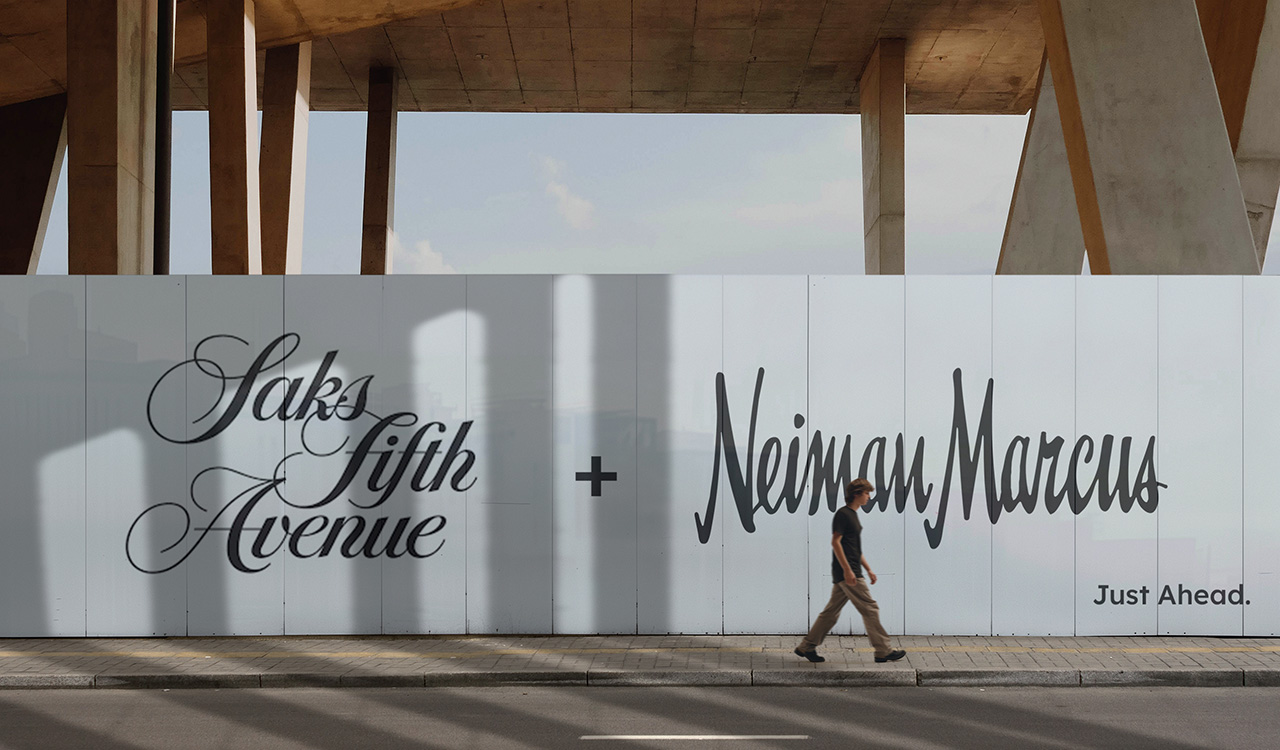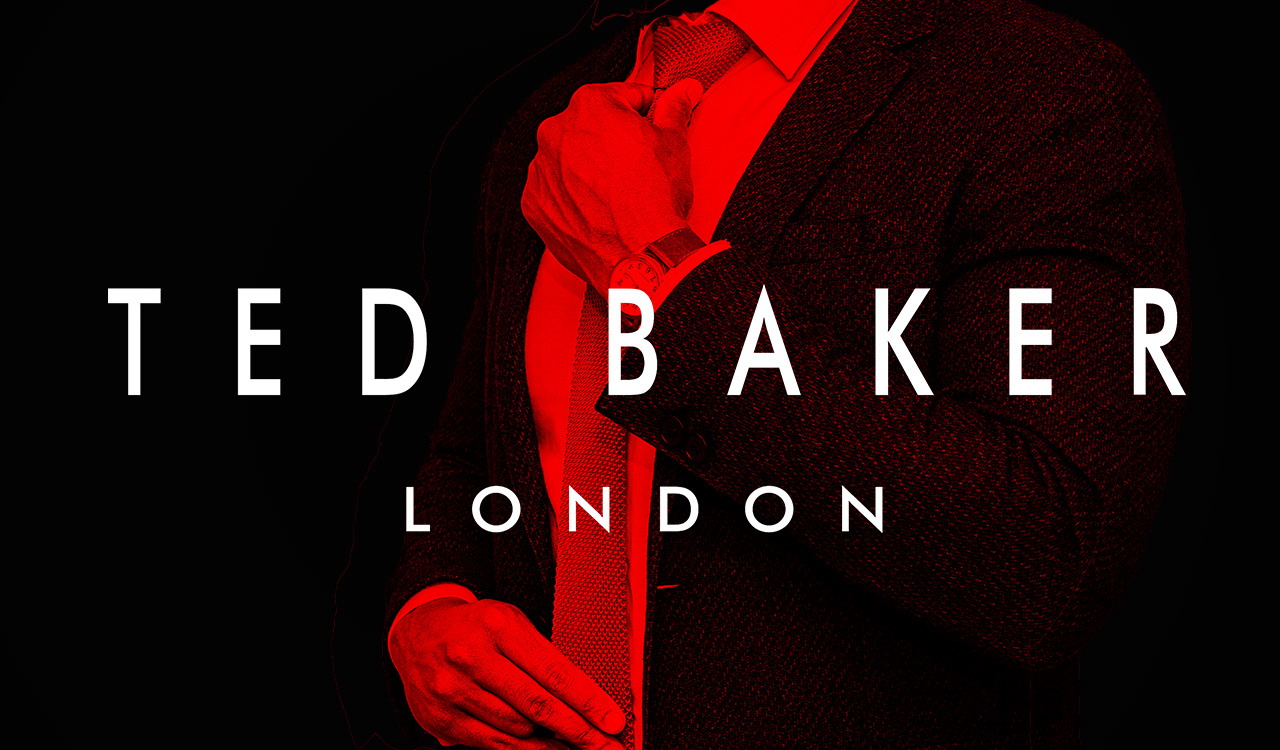Memberships, subscriptions, and loyalty… oh my! As a millennial HENRY who falls prey to online advertising more often than I\’d like to admit, it feels like a new direct-to-consumer brand is targeting me every time I check my Facebook feed. From Daily Harvest trying to get me to shell out $8 for a smoothie and The Zoe Report hitting me up for $100 a quarter for a style membership, to LOLA organic tampon subscription service trying to get me to pay God knows how much for God knows what, I can\’t even log onto my computer in the morning without encountering another new curated DTC brand binge-advertising its services to my demographic.
Although some of the DTC brands on my Facebook feed were founded with the kind of idealism that makes millennial HENRYS and Gen Z consumers reach for our wallets, many of these brands aren\’t advertising the right product to the right person and even fewer have actually managed to achieve profitability. The struggle is real.
CPG Showdown: Public Goods VS Brandless
It\’s hard to talk about millennial purchasing behavior without talking about Brandless. With a branding strategy that is no branding, minimal price markups and a website that lets consumers shop based on \”values\” (such as vegan, kosher, non-GMO, etc.), Brandless executives have repeatedly refused to delve into brick-and-mortar retail. And while the direct order CPG company may be the most discussed brands of our time, Brandless still hasn\’t turned a profit and its long-time CEO, Tina Sharkey, recently stepped down. Brandless is now branching out into the relatively new (but highly competitive) CBD product category. While Brandless doesn\’t require consumers to pay a membership fee, it does offer a \”subscription\” customized replenishment program similar to Amazon\’s \”Subscribe and Save\” program, but instead of offering consumers a discounted rate, Brandless sends them a free gift. (Note that Brandless also provides free shipping on transactions over $45 and donates \”the monetary equivalent\” of two meals to Feeding America for purchases made by B.More loyalty members, but according to Brandless\’ website the B.More program is currently \”being reassessed.\”)
Public Goods is similar to Brandless at first glance–simply packaged, sustainability-focused, organic products at low price points. The big difference is that Public Goods requires shoppers to pay a $59 a year annual membership fee, while Brandless is free. Think of Public Goods like an ecommerce version of Costco\’s membership program geared towards modern consumers, who are more discerning about the environmental impact of the products they use. Public Goods was founded with a Kickstarter campaign and it hits a lot harder than Brandless on sustainability issues, so it will be interesting to see if consumers are green enough to put their money where their mouth is to the tune of $59 annually.
Benefits and Liabilities of Subscription Services
So, what\’s holding these brands back from building a profitable client base with their target customers? When it comes to subscription-based services like Public Goods, one factor could be that millennials are the only demographic that\’s really gone all in on subscription services. Footwear News reports that while 31 percent of millennials in the U.S. currently subscribe to subscription boxes, 21 percent of Gen X and 8 percent of Boomers have adopted the trend. A lot of Gen Z-ers still don\’t have their own credit cards (or buy their own DTC products) and opinions are varied on whether the subscription craze is here to stay or just a trend. It stands to reason that companies like Brandless – that require nothing in terms of subscription fee or commitment – will be more widely adopted by next-gen consumers who are generally commitment-averse.
However (and this is a big however), brands that do require an initial membership fee are better positioned for repeat purchasing and ongoing customer loyalty. There\’s a reason that subscription programs with a low price of adoption are all the rage. Outdoor goods retailer REI offers a lifetime membership to its loyalty program for $20. In some cases, it\’s more about customers having the idea that they bought into a subscription service than companies actually making money on the subscription fee itself. Public Goods\’ sign-up fee is substantial enough that it may be cost-prohibitive for certain would-be subscribers, but a massive 80 percent of people who try Public Goods\’ subscription program wind up being repeat customers.
Brands Don\’t Do Their Due Diligence Before Marketing
A whole lot of brands are advertising on Facebook, Google, and other apps; in fact, over seven million active advertisers use Facebook to tout their wares. But not enough of these brands are using intelligent customer data to make sure their marketing message is going out to the right customer. Case in point: Nearly 1/4 of the brands on my Facebook feed are trying to sell me leather or meal subscriptions that include meat in the ad photo. Not exactly an alluring proposition for a HENRY who has been a vegetarian since she was four. Without the data to show that I\’m vegan, DTC brands are wasting resources and turning me off as a future consumer by inundating my feed with images of organic meat, wool, and leather. And I\’m not the only one who requires a curated ad feed. While only eight percent of consumers identify as vegan or vegetarian, that number is even bigger with next-gen consumers. An additional 44 percent of Americans report that they closely monitor the ingredients in their food.
Whether a consumer prefers to purchase vegan, kosher, or non-GMO goods; or if they simply prefer gold jewelry to silver, retailers need to be able to suss out this information before they invest valuable ad dollars into online advertising. There are many ways to do this, including: purchasing customer data from a third party, incentivizing potential customers to fill out surveys, or monitoring their email open rate and click path. We can only hope that Facebook and other social media platforms will soon enable consumers to answer a few basic questions to customize their ad feeds. But until then, the onus falls on the brand or retailer to do the necessary legwork to ensure that their advertising is relevant (and not a deterrent) to the customers they\’re trying to court.
So, what does the future hold for curated DTC startups? Brands like Casper and Harry\’s Shave Club that have found their niche in physical retail may succeed if they continue to produce original social media content to connect with their core audience. Note: if they don\’t lose the personality that made them a success in the first place. Others will continue reducing costs, cutting quality, and blindly advertising until their offerings are similar to that of an online dollar store (and thanks to Amazon we already have one of those). Still others will turn to storytelling on Instagram and Facebook to create a demand for their niche, quality products– these will be the retailers with the most staying power, if they don\’t try to scale too quickly.




